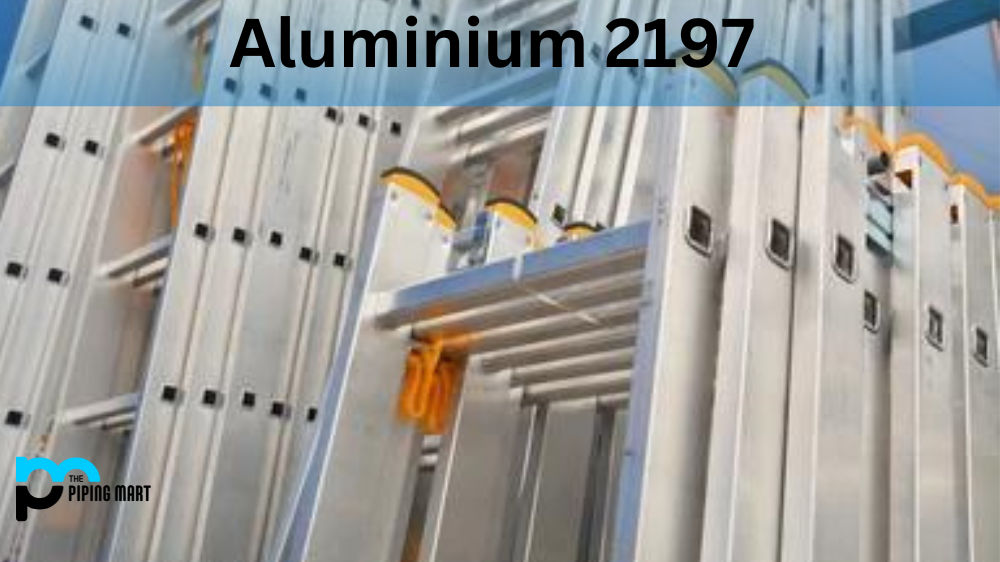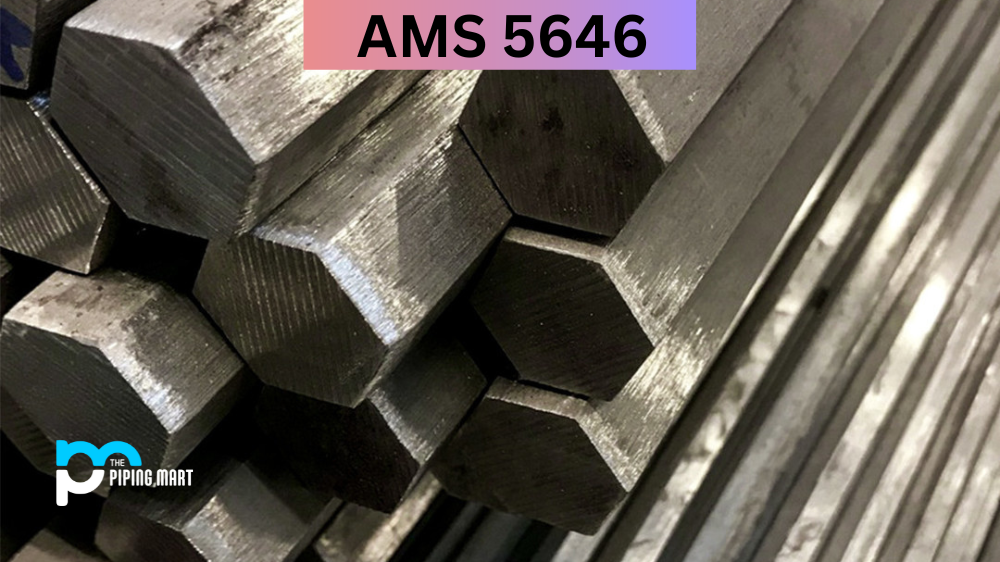AMS 5631 is a popular stainless steel alloy with exceptional mechanical and physical properties. This alloy is used in various industries for its high tensile strength, corrosion resistance, and durability. If you are curious about AMS 5631 and its properties, this blog is for you. In this article, you will learn about the composition, physical and mechanical properties, uses, and heat treatment of AMS 5631.
What is AMS 5631?
AMS 5631 (also known as 440 A Stainless Steel) is a highly sought-after material for a variety of industries. This martensitic stainless steel boasts exceptional strength, hardness, and corrosion resistance, making it an ideal choice for applications where durability is critical. From aerospace to medical equipment, AMS 5631 is relied upon to withstand harsh environments and heavy use. Its impressive properties also make it a popular choice for high-performance racing parts, ensuring that vehicles can handle extreme conditions on the track. Whether you’re looking for a reliable material for industrial machinery or a competitive racing edge, AMS 5631 is the top choice.
AMS 5631 Composition
AMS 5631 is a martensitic stainless steel alloy with a composition of 15Cr-5Ni-0.5Mo-3.5Cu-0.15N. It also contains a small amount of carbon, manganese, and sulfur. The high copper content in this alloy provides superior corrosion resistance compared to other stainless steel alloys. AMS 5631 is also heat-treatable, which further improves its mechanical properties. This alloy has excellent toughness, flexibility and is easy to machine.
| Element | Content (%) |
|---|---|
| Iron, Fe | Balance |
| Chromium, Cr | 16-18 |
| Manganese, Mn | 1 |
| Silicon, Si | 1 |
| Molybdenum, Mo | 0.75 |
| Carbon, C | 0.60-0.75 |
| Sulfur, S | 0.03 |
| Phosphorous, P | 0.04 |
AMS 5631 Physical properties
The physical properties of AMS 5631 are impressive. This alloy has a density of 7.78 g/cm³, melting point of 1400-1460°C, and a specific heat of 500 J/kg K. Its coefficient of thermal expansion is 11.1 µm/m°K, while its thermal conductivity is 17.6 W/mK. AMS 5631 also has a high electrical conductivity of around 24% IACS.
| Properties | Metric | Imperial |
|---|---|---|
| Tensile strength | 725-1790 MPa | 105000 – 260000 psi |
| Yield strength (@strain 0.200 %) | 415-1650 MPa | 60200 – 239000 psi |
| Modulus of elasticity | 204 – 215 GPa | 29600 – 31200 ksi |
| Elongation at break (in 50 mm) | 5- 20% | 5- 20% |
| Hardness, Rockwell B | 95 | 95 |
AMS 5631 Mechanical properties
Mechanically, AMS 5631 is a high-strength alloy that is perfect for applications requiring good mechanical properties. It has a tensile strength of 1220-1350 MPa, yield strength of 1130-1240 MPa, and elongation of 15%. When heat-treated, the alloy exhibits an even higher power, up to 1550 MPa. AMS 5631 has good fatigue resistance and can withstand dynamic loading.
AMS 5631 Equivalent
| AISI 440A | AMS 5631 | AMS 5632 | ASTM A276 | ASTM A314 |
| ASTM A473 | ASTM A511 | ASTM A580 | QQ S763 | SAE 51440A |
| FED QQ-S-763 | MIL-SPEC MIL-S-862 | SAE J405 (51440A) |
AMS 5631 Uses
AMS 5631 is used in various industries, including aerospace, defence, marine, and nuclear. Its excellent mechanical and corrosion properties make it ideal for applications that require high strength and resistance to harsh environments. Examples of these applications include aircraft engine parts, ballistic plates, chemical processing equipment, and medical implants.
AMS 5631 Hardness
The hardness of AMS 5631 depends on the heat treatment condition. It has a Rockwell hardness of about 30 HRC in the annealed condition. When heat-treated, it can reach up to 55 HRC. This hardness level is achieved by tempering the alloy at around 550°C for several hours. The heat treatment process also improves the alloy’s corrosion resistance, which is essential for many applications.
AMS 5631 Heat treatment
Heat treatment of AMS 5631 is a critical step in improving its mechanical properties. The two most common heat treatment processes are solution annealing and precipitation hardening. Solution annealing involves heating the alloy to around 1020-1100°C for at least 30 minutes to dissolve any sediments. The alloy is then quenched in water or oil to form a martensitic structure. Precipitation hardening involves heating the alloy to about 510-550°C for a few hours to form copper-rich precipitates. The alloy is then cooled slowly to room temperature to complete the process.
Conclusion:
AMS 5631 is a versatile stainless steel alloy with impressive physical and mechanical properties. Its high strength, toughness, and corrosion resistance make it an ideal choice for various industrial applications. By understanding the composition and properties of AMS 5631, you can choose the suitable material for your specific application. If you have any further questions about AMS 5631, consult with a materials expert who can guide you in the right direction.

Meet Bhavesh, a seasoned blogger with a wealth of knowledge and experience. From metal products manufacturing to retail, Bhavesh has a diverse background in various industries and is dedicated to sharing his insights and expertise with readers.




